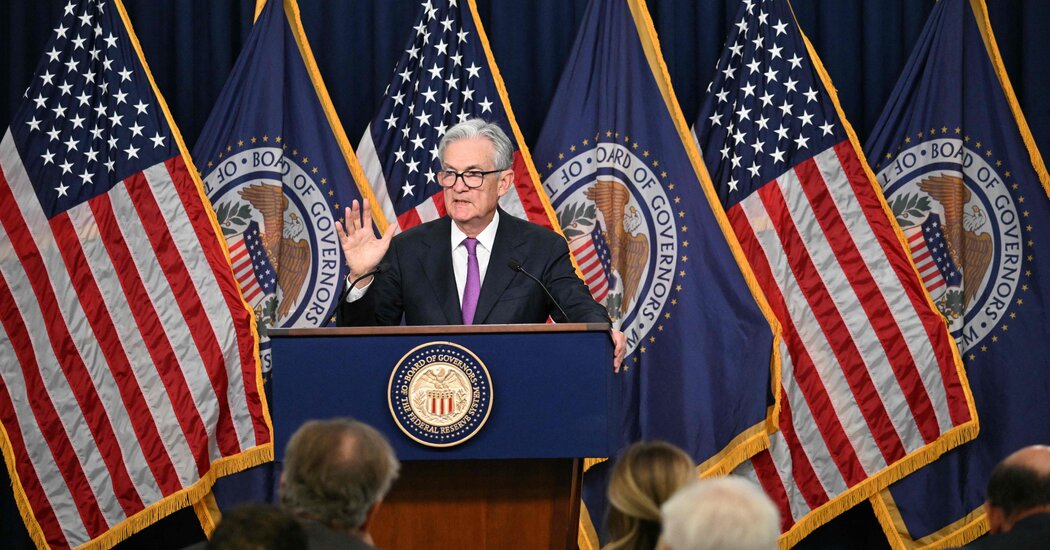Federal Reserve officials are likely to view September’s jobs data with caution, which showed that employers added workers rapidly last month and added more workers than previously reported in the two months before that.
Employers added 336,000 jobs last month, well more than the 170,000 economists had predicted. Fed officials have been closely watching the labor market as they try to gauge how much more they will need to raise interest rates to control inflation and how long borrowing costs are likely to remain high.
Central bankers were encouraged as employment growth had cooled in recent months without collapsing.
“Although the gap between jobs and workers has narrowed, demand for workers still exceeds the supply of available workers,” Fed Chairman Jerome H. Powell said during a news conference in mid-September. Fed officials “expect the realignment in the labor market to continue and upward pressure on inflation to ease.”
But September’s jobs report provided little evidence that hiring continued to decline – rather, it suggested that companies were continuing to hire workers. That raised fears among Wall Street investors that the Fed could raise interest rates even further, weighing on corporate earnings and stock valuations.
Central bankers have already raised interest rates to 5.25 to 5.5 percent and indicated they could hike rates again in 2023 before keeping borrowing costs high in 2024.
The S&P 500 slipped after the release of the strong jobs report and the yield on the 10-year Treasury note, a benchmark interest rate worldwide, rose above 4.8 percent.
Still, there were some more optimistic signs from the Fed’s perspective.
Policymakers are closely monitoring wage growth and wage gains have continued to weaken. Wages rose by 0.2 percent compared to the previous month, a subdued pace. The average hourly wage increased by 4.2 percent compared to the previous year, the smallest increase since June 2021.
Fed officials continue to forecast that as the economy slows, unemployment will likely rise slightly to about 4.1 percent, which would still be low by historical standards. Unemployment was 3.8 percent in September, up slightly from 3.4 percent at the start of the year.
The Fed’s next meeting is October 31-November 1, so policymakers won’t get another jobs report before they have to make their next interest rate decision. However, some economists pointed out that while the labor market remained strong in September, developments could cool it in October.
Among other things, longer-term interest rates in financial markets have risen sharply in recent weeks, making it more expensive for consumers to finance a car or home purchase and for companies to expand.
“On its own, the economic data would likely justify the Fed raising interest rates at the November meeting – what gives me pause is the fact that long-term yields have risen significantly,” said Blerina Uruci, chief U.S. economist at T. Rowe Price. “They will need to assess the extent to which the recent rise in yields and tightening financing conditions have been beneficial to them.”
That, along with other mounting challenges — the resumption of student loan payments, uncertainty over the federal budget fight in Washington, strikes at automakers and other industries, and dwindling consumer savings — could cool the economy this fall.
“The auto union strike will weigh on employment growth in October, while slowing consumer spending and more cautious business activity will lead to lower demand for labor,” Gregory Daco, chief economist at EY-Parthenon, wrote in a note following the report.
Central bankers will receive a new inflation reading for the consumer price index on October 12 before their next meeting. If they decide to leave interest rates unchanged at the upcoming meeting, they will have a final opportunity to adjust them this year at their meeting on December 12th and 13th.
Joe Rennison contributed reporting.

